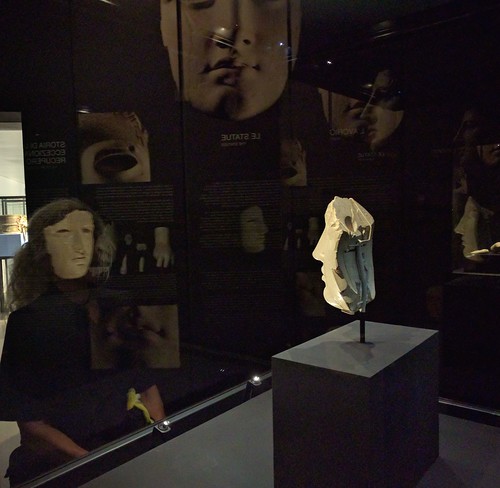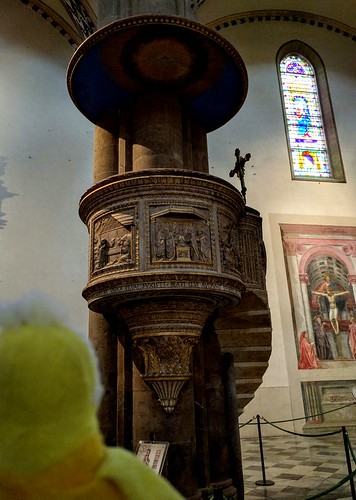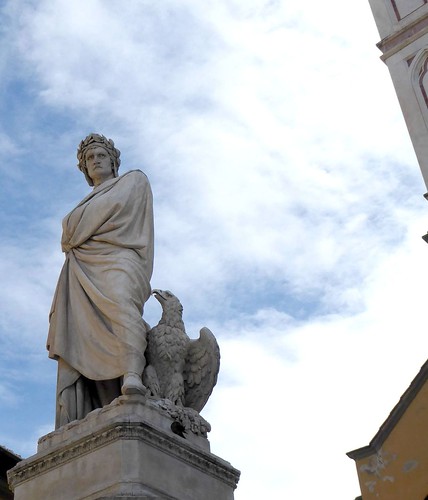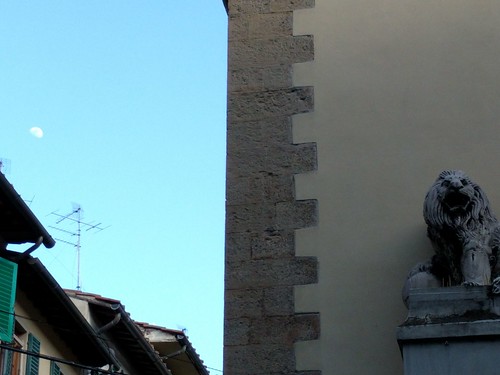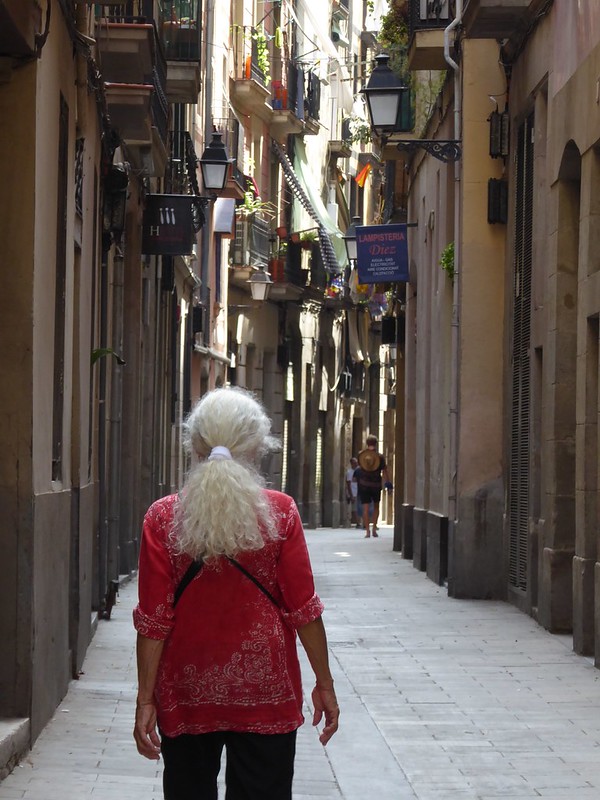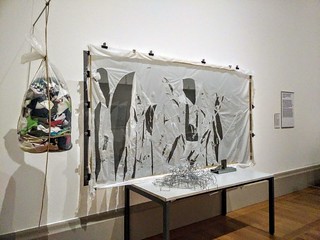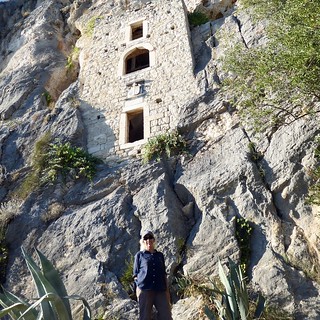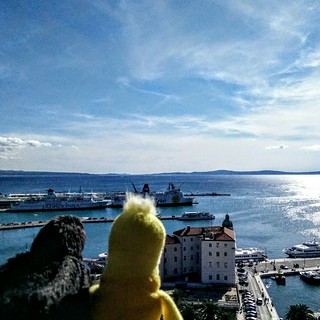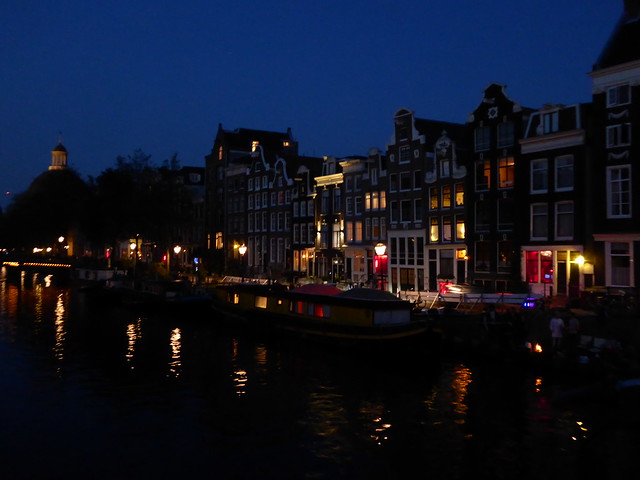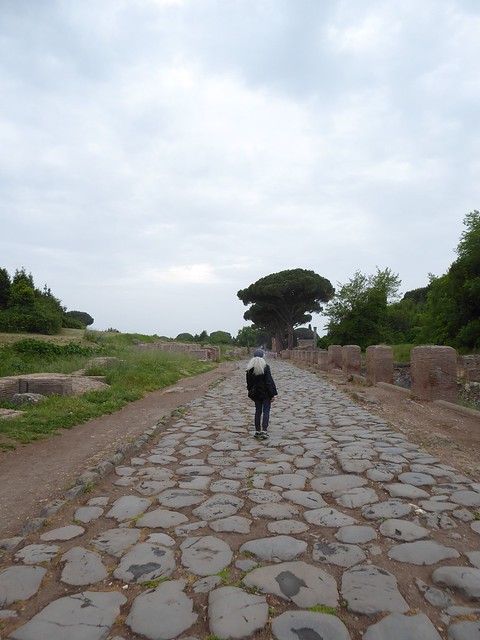 |
| Road to Ostia Antica |
Our recent visit to Ostia Antica, a huge archeological site about 30 kilometers from Rome, was no exception. It was a 12 hour extravaganza of wonders.
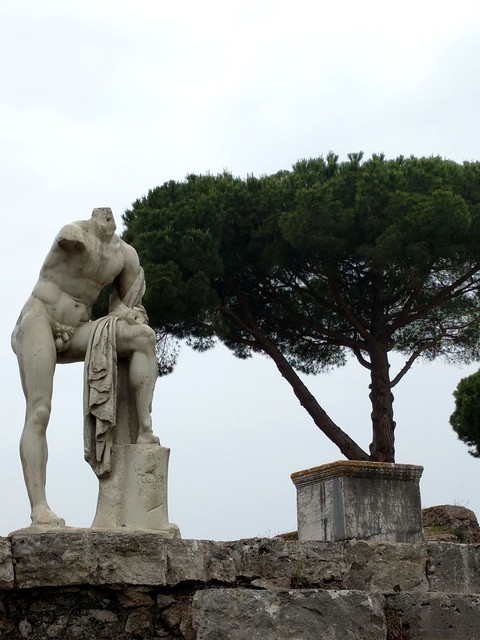 |
| Temple figure at the oldest crossroads in Ostia Antica |
Archaeological sites and museums are our downfall. We linger and this is where it gets complicated because, when I linger, there is suddenly so much to see... and so much to learn that I didn't know I want to know.
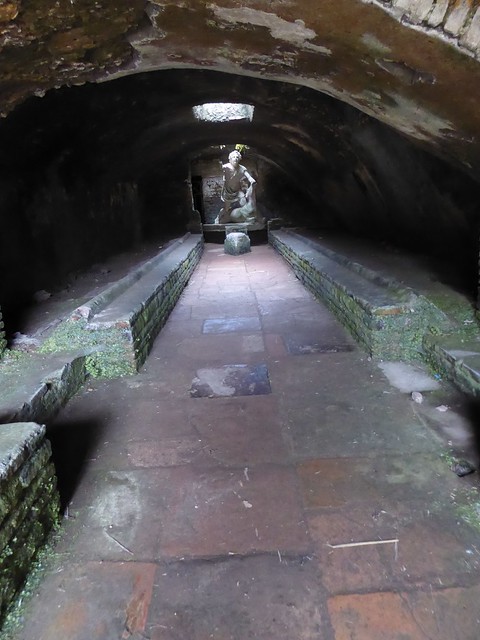 |
| Disturbing Mithraeum of the Baths of Mithras Ostia Antica |
For example, archaeologists date the beginnings of Ostia Antica in the 4th century BC and mark its high point in the 2nd and 3rd centuries AD. At that time it had around 100,000 inhabitants.
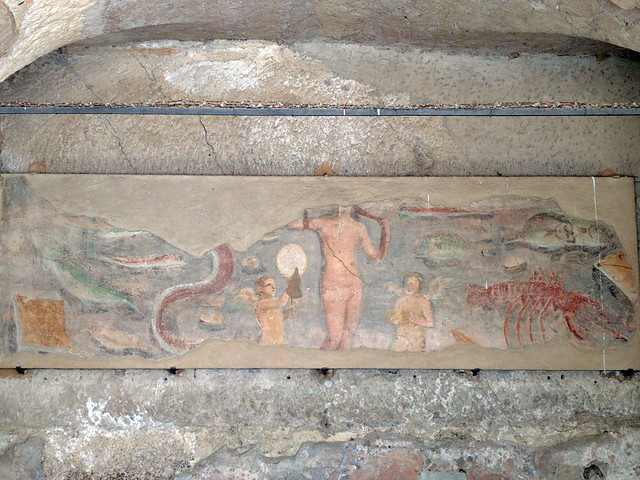 |
| Fresco remains |
That makes the Ostia Antica of today a 2000 year-old Roman ghost town. How can we rush though a place like that? And, undoubtedly, we're not the only ones who have enjoyed lingering there.
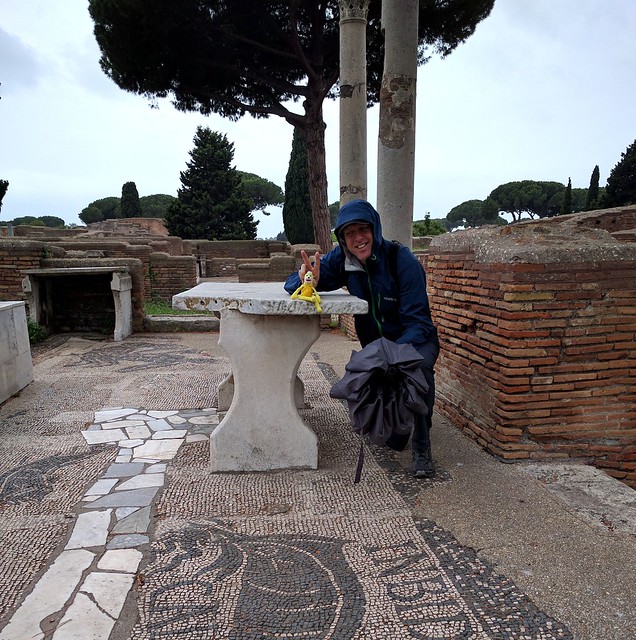 |
| Tavern at the crossroads complete with shady characters. |
Certainly residents, seafarers, traders and perhaps even a few pirates have lingered and enjoyed convivial conversation in the tavern at the old crossroads across the street from that headless naked guy. And probably many of those people went over to the communal latrine later for another good long chat.
 |
| Swami surveying Ostia Antica's 24 seat communal latrine. |
But all things pass and Ostia Antica was finally abandoned in the 9th century though that didn't stop pirates from repeatedly sacking the place during its decline. Even the sea and Tiber river eventually moved away leaving the town landlocked. Then, six hundred years later, Cardinal Giulliano della Rovere, the man who later became Pope Julius II, showed up on the scene.
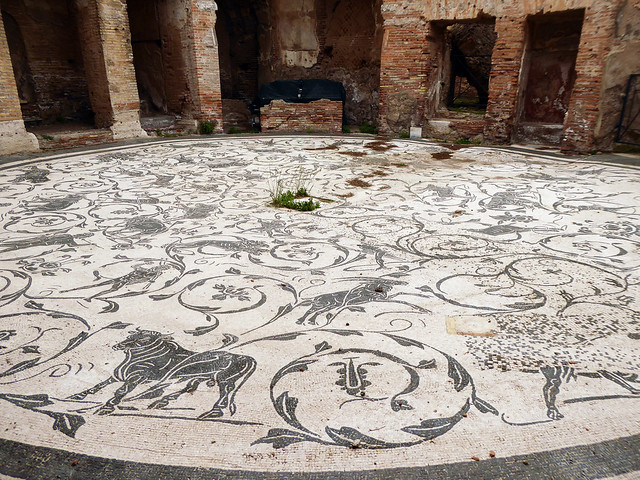 |
| Typical floor in Ostia Antica |
He was known as the fearsome warrior Pope. Those who crossed him payed the price, sometimes with their life. He is also the Pope who commissioned Michelangelo to paint the Sistine Chapel. But as a Cardinal in 1483, della Rovere began a major renovation of a centuries old Papal castle located just outside Ostia Antica and took many tons of marble from the city for his project. I guess that counts as recycling.
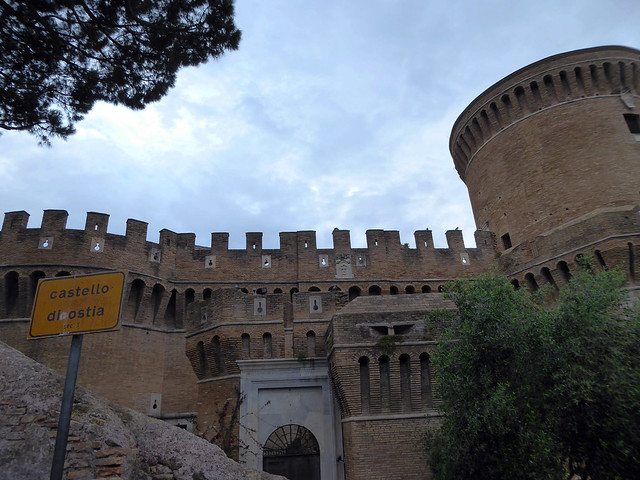 |
| Marble arch to the Castle of Julius II at the end of day. |
A little went for decoration but most of the marble was crushed, along with the history it represented, plus lime to make mortar to hold the castle's giant stones in place. About a hundred years later, after an extraordinary flood, the Papacy abandoned the place. It was a prison for awhile, sat empty for a couple of centuries and was finally restored in the 19h century to exhibit the first findings from the excavations at Ostia Antica. We noticed it as we were heading back to the train after our very long day but, naturally, went over to have a look.
 |
| Cat in his garden by the castle |
I didn't start out with the intention of going into all that. This is the problem with visiting a place like Rome and its suburbs, if there even is another place like Rome and its suburbs. Nearly every little thing represents at least a thousand years of history. Fascinating, yes, but a very sticky web to quickly navigate.
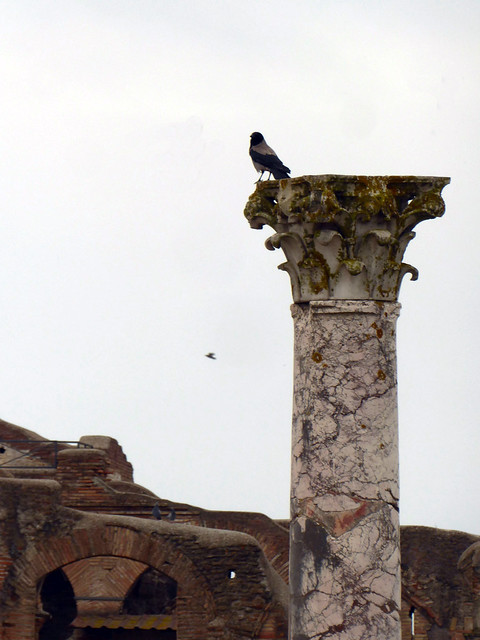 |
| European crow on an ancient marble column |
Even Ostia Antica, stripped to the bone a thousand years ago, and possibly the most poorly curated major archeological site on the face of the earth, was fascinating. We dragged away.


